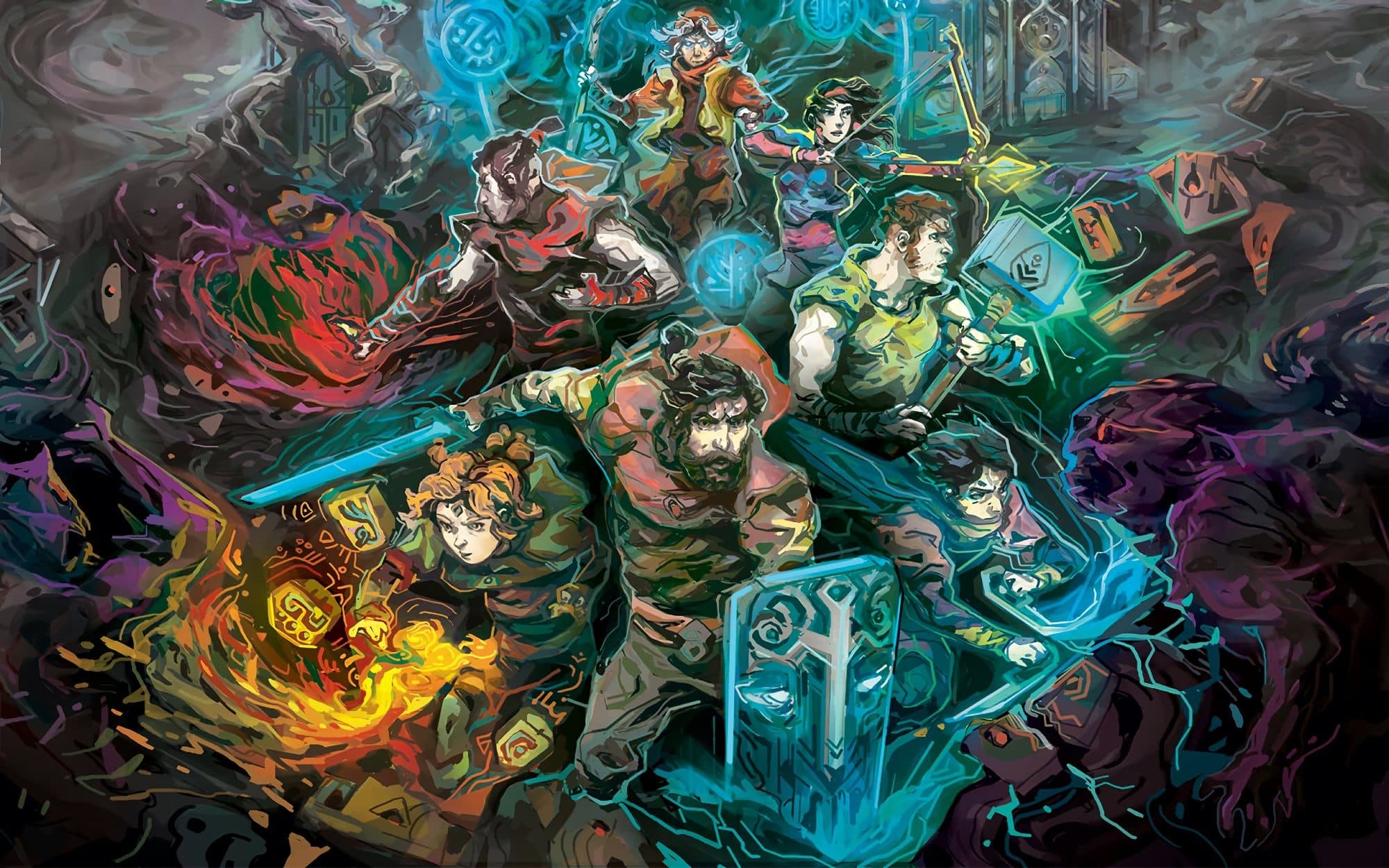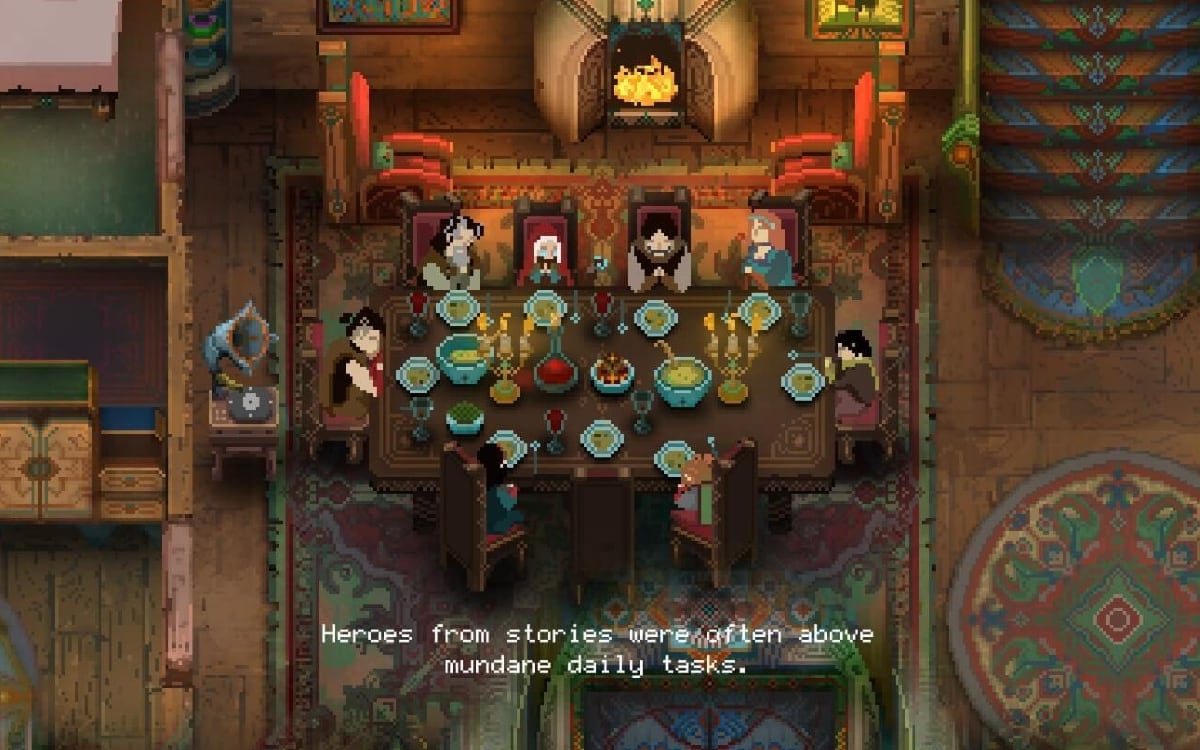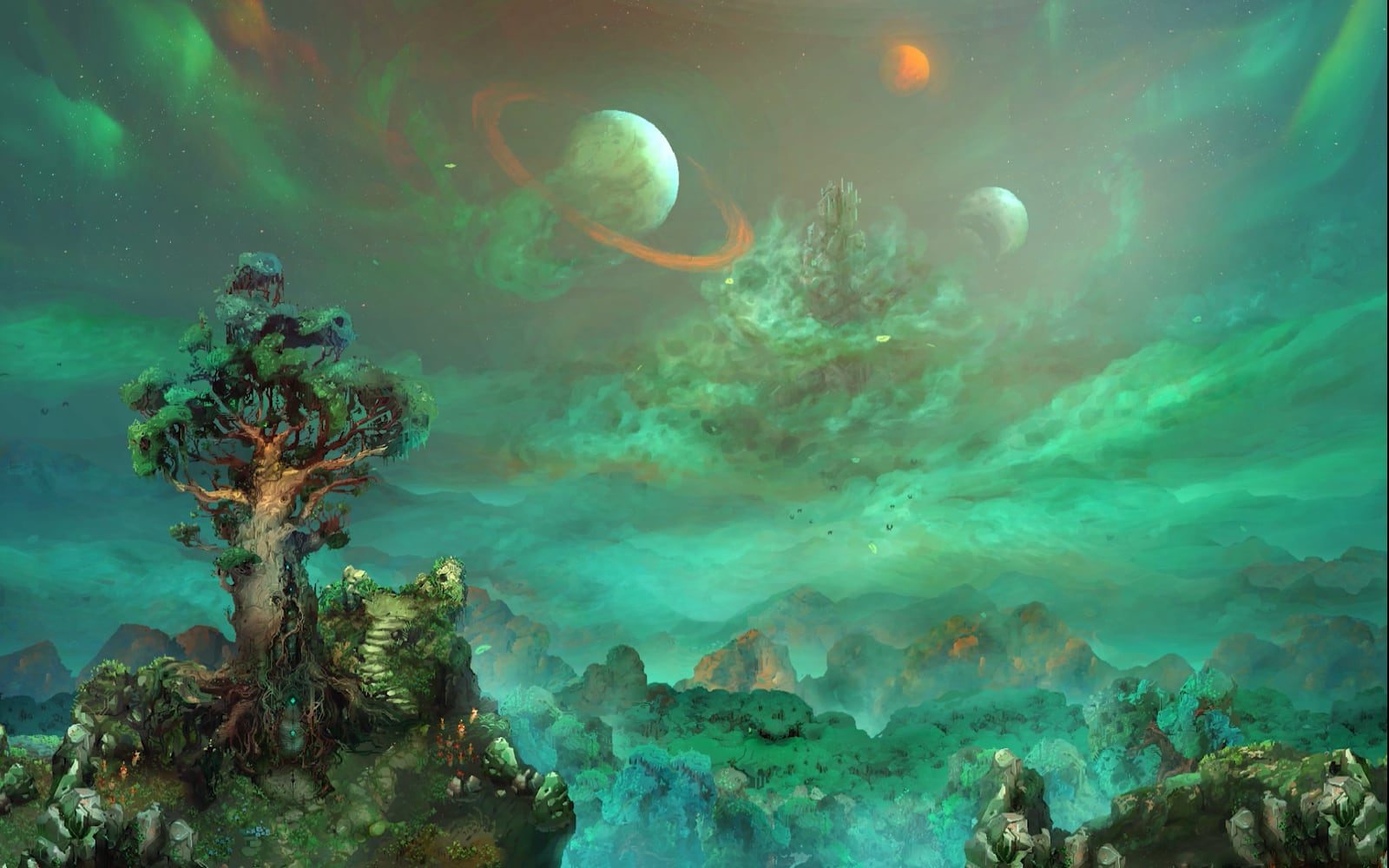Children of Morta Is a Heartfelt Epic About One Family’s Battle Against Evil (Review)

It’s been a few years since I first wrote about Children of Morta here on Opus, and how it was part of a retro-leaning trend that evoked the glories of past video games with pixel-heavy art and design. That was back in 2015, but Children of Morta wasn’t released until the fall of 2019, and it wasn’t until earlier this year that I finally got around to actually playing it.
In other words, I’ve looking forward to playing Dead Mage’s roguelike dungeon-crawler for a long time — and it did not disappoint. Put simply, Children of Morta is a thoroughly delightful game with an engaging storyline and gorgeous design.
There’s definitely a nostalgic aspect to Children of Morta thanks to its pixellated design and old school-feeling gameplay. If you’re of a certain age, it might even be tempting to forget that you’re playing on a modern game system in the year of our Lord 2022, and instead, are making your way through the game’s many dungeons on your trusty ol’ Sega Genesis or Super Nintendo.
To its credit, though, Children of Morta doesn’t rely on mere nostalgia to draw you in. It doesn’t have to, not with its rich narrative, fantastical world-building, and most importantly, a colorful cast of characters in the Bergson family.

For generations, the Bergsons have watched over Mount Morta, a sacred duty given to them by the goddess Rea Dana. But a vile corruption now spills forth from the holy mountain, contaminating the surrounding lands and filling them with abominations and twisted monstrosities. It’s up to the Bergsons to investigate this corruption and defeat the ancient evil at its source.
Fortunately, the Bergsons are no pushovers. Each member of the family has special abilities that prove indispensable in battling the corruption. For example, family patriarch John is a stalwart warrior with sword and shield while his daughter Linda is a deadly archer and his son Mark a skilled martial artist. Meanwhile, Uncle Ben can craft new devices and level up the Bergsons’ abilities while Grandma Margaret’s powerful magic grants them various bonuses. As you progress in the game, additional family members and allies will join in the adventure, like Kevin (a sneaky, knife-wielding rogue) and Lucy (a fireball-shooting mage), resulting in a diverse group of characters from which to pick.
This creates a family dynamic that proves to be Children of Morta’s defining characteristic. Some of this manifests in the actual gameplay. As characters level up, you can unlock and upgrade their abilities, special attacks, etc. One character’s unlocked abilities can then occasionally be harnessed by other characters to enhance their own abilities. Another Bergson might even appear by your side, lending their skills and weapons to your fight or requesting help for a side mission.

The Bergsons’ family dynamics really come into focus, however, between battles, when you’re back at the Bergson house. There, Children of Morta occasionally offers up short vignettes of the Bergsons simply living life together in the midst of the chaos, be it the family sharing a meal or listening to Grandma Margaret’s stories, John sharing a tender moment with his beloved wife Mary, and so forth. As you look over the Bergson house, you’ll also see family members share private thoughts on the current situation, perform household chores and training regimens, or have simple interactions, like Mary brushing her daughter’s hair.
These vignettes and interactions, which are by turns charming, humorous, and heartbreaking, make the Bergsons come alive as both individuals and a family. They also add to the game’s emotional heft as danger draws ever closer to the family’s doorstep, and terrible sacrifices must be made. (In lieu of any spoken dialog, the Bergsons’ story is told through Ed Kelly’s wonderfully dramatic narration, which gives the game a fairy tale quality.)
If Children of Morta has one issue, it’s that you’ll spend a lot of time grinding away in the various dungeons — which include spider and goblin-filled caverns, desert cities rife with mummies and assassins, and corrupted forests — to level up your characters and acquire loot. And some of these dungeons are pretty large, taking up to an hour or more to complete as you carefully wind your way through their stages. The game ameliorates this somewhat by making the dungeons procedurally generated; they’re different every time you visit, with new twists and turns.

The upside is that this gives you plenty of time to figure out each character’s unique strengths (and level them up). I spent most of my time playing as John and relying on his powerful “Heaven’s Strike” attack. Although I usually preferred the game’s melee fighters, both Linda and her younger sister Lucy proved devastating from a distance, especially after they’d been leveled up a bit.
The game’s grind-heavy nature is also mitigated by its gorgeous design and artwork. As mentioned earlier, the game employs a pixellated aesthetic that hearkens back to the glory days of 16-bit consoles. But Dead Mage truly went above and beyond with the level of detail on display throughout Children of Morta.
Every character has unique animations that give insights into their personalities, be it Kevin’s constant fidgeting or Mark’s Shaolin-esque stances. Furthermore, each Bergson’s attacks and magical abilities have their own flare, with my favorite being the way that Lucy’s fireballs spark and splatter against their targets. (Her gleeful yelps as she unleashes a fiery barrage are another nice touch.)
Every room in the Bergsons’ house is filled with similar details and animations, like the bizarre machinery grinding away in Uncle Ben’s workshop. Even the fireplace in their living room splits apart to reveal a secret stairway leading down to the portals that take the Bergsons to their adventures. Down in the dungeons, meanwhile, portals and magical doorways shimmer and vibrate as you pass through them.

As for the environments, “procedurally generated” doesn’t mean generic or lackluster. And I could go on and on concerning the game’s various painterly backdrops, some which I wouldn’t mind hanging on my wall.
That, combined with an aesthetic that mixes sci-fi and fantasy — you’ll fight mechs right alongside trolls and goblins, mechanical dragons soar through the skies, and you might even see a spaceship or two — results in a game that you want to take your time playing through, lest you miss any details.
I definitely took my time winding my way through the lands of Morta, even taking on as many side-missions and quests as I could — all of which added additional levels of poignancy to the game. (The one with the three robot kids is particularly nice.) The end result is one of the more satisfying and delightful gaming experiences I’ve had in a long time.
Dead Mage’s next game is the samurai-themed Tale of Ronin, which they describe as “an RPG game about camaraderie and betrayal, about war and peace, and above all honor” (watch the announcement trailer). Based on my experience with Children of Morta, and its level of depth and detail, I’m very intrigued to see what Dead Mage can bring to their story about masterless samurai. (And this 2020 interview with director Amir Fassihi has me even more intrigued.) Suffice to say, they’ve got their work cut out for them; with Children of Morta, they set the bar very high, indeed.
